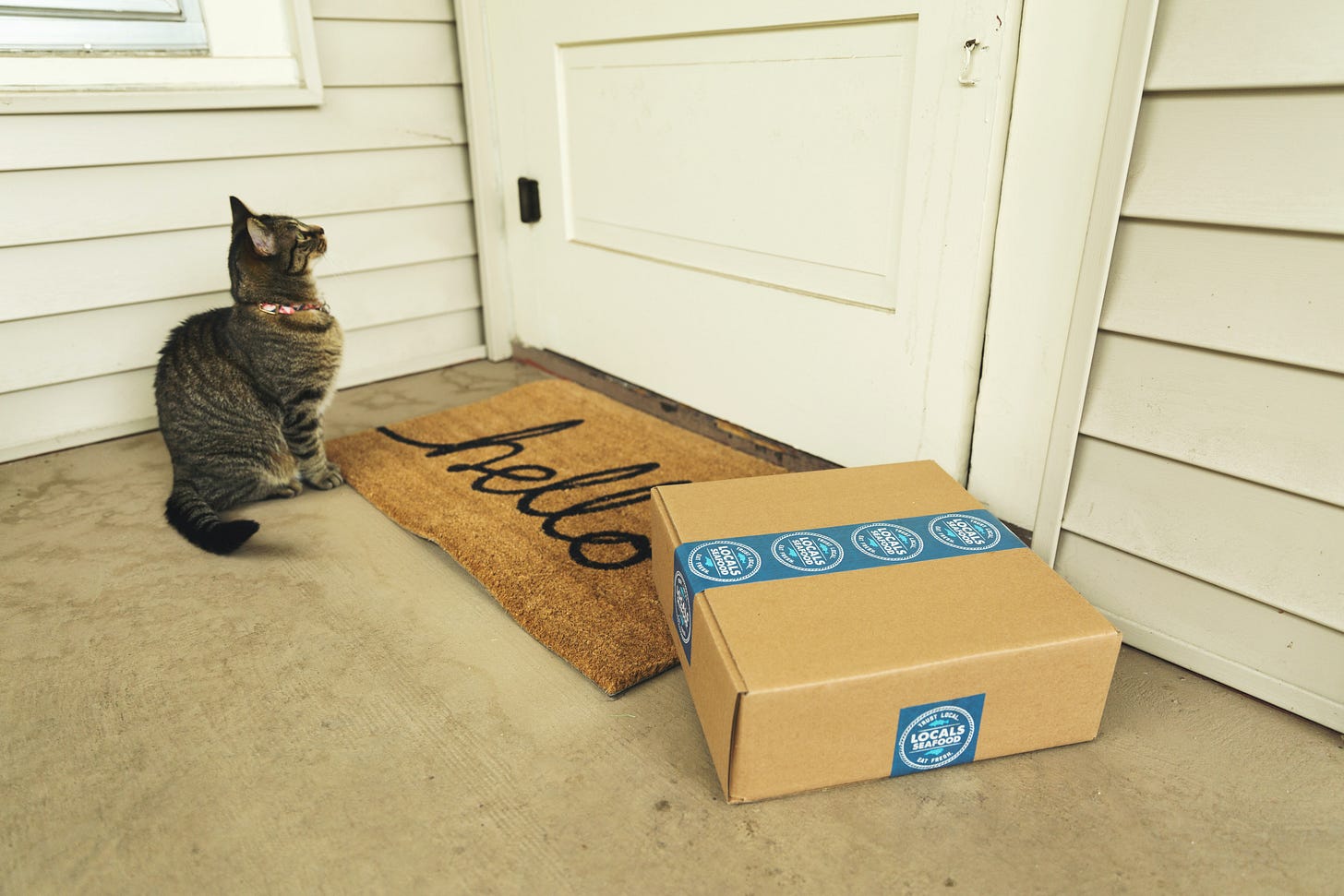Shipping is a Conversion Factor
Your site's shipping policy directly affects your site's conversion rate.
Shipping is one of the most significant conversion factors to closing a sale on your site. Do not let shipping be an afterthought with your store; shipping strategy is as crucial as product pricing strategies.
Easy Clear Shipping
Over the years, some of our clients have opted to offer live rates with every available carrier option. Others go with flat rate shipping or even free shipping. Our most successful clients provide a hybrid solution, restricting the choices to only three levels and providing an easy, clear level on each page. Like:
Free Shipping Over $50
Every Order Ships Free
Free Shipping on Custom Orders
Customers know their shipping pricing and policies with larger competitors like Walmart, Target, and Amazon. But one thing they do is have their shipping policy on every page. The average customer does not have time to make it to your checkout, register, put in their address, and finally see what shipping will cost. Most customers will bounce if they cannot see the shipping cost on a non-cart page. If you use only live shipping rates, you leave money on the table.
Free or Flat Rate
Either works for most circumstances, but it is always beneficial to look at the broader market. If you sell clothing, what are other clothiers doing with their shipping? Or Autoparts, what strategy is your competition using? Customers have been trained to expect different policies in different verticals, so your approach must align with your vertical.
We see a slight conversion bump for clients who use free shipping across the board over clients who use free over a specific amount. But not all conversion increases are good as well. If you are losing money or breaking even on the lower price orders, it does not make sense to try to capture those sales.
Spam Your Policy
By spamming your policy, I suggest having it all over your site. If customers enter on the homepage, have it there. Have it next to the add to cart buttons. Maybe even have a persistent top bar on every page. Information gets lost in the noise of e-commerce sites. With our largest clients, we often find that 99% of their customer support requests can be answered with existing information on the site that the customer did not read. You want your customer to read the shipping cost to help close the sale. It needs to be placed prominently. Take target as an example; in the image below, you can see they put it right next to the add to cart button.
Walmart does the same thing as well. The area next to the add to cart button and pricing box is the most read area on a product page.
Return Shipping
If you are in a market where free return shipping is not legislated, it is essential to have your return shipping policy as well. Users expect free return shipping in specific markets, like clothing and shoes. Other markets like books and technology, not so much. If you are in a market where free return shipping is becoming expected, it will benefit you by putting your policy right next to your shipping policy. Zappos is a great example, incorporating both.
Conclusion
If you are still looking at your site's shipping as a way to get products to customers, you need to make a change. Your shipping is also a way to create customers. Your competitors are making conversions because they make their shipping policies known.






How do you calculate your costs for shipping to know if you can afford to offer free shipping?
the more fast of shipping the more customers will return :)